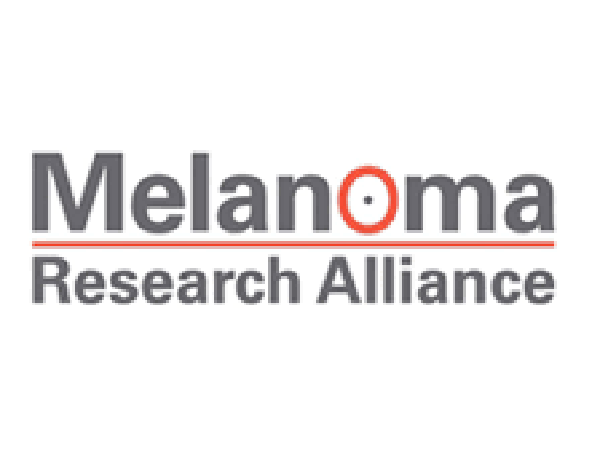Article
Collaboration as a Cornerstone of Fighting Melanoma
Since its founding in 2007, MRA has become the largest private funder of melanoma research, providing nearly $68 million to melanoma research in the areas of prevention, diagnosis and treatment.

Until recently, a diagnosis of advanced melanoma was an almost certain death sentence. When Debra Black was diagnosed with melanoma a decade ago, that harsh outlook was a reality. Soon after her diagnosis, Debra and her husband, Leon, founded the Melanoma Research Alliance (MRA) in 2007, under the auspices of the Milken Institute. The organization’s goal was focused but audacious: to end suffering and death due to melanoma by collaborating with all stakeholders to accelerate research, advance cures for all patients and prevent more melanomas.
Since its founding in 2007, MRA has become the largest private funder of melanoma research, providing nearly $68 million to melanoma research in the areas of prevention, diagnosis and treatment. Furthermore, MRA has leveraged more than $80 million in additional funding for melanoma research.
Impact and Collaboration
The results have been swift and significant. MRA has funded 180 projects at 99 institutions in 14 countries. Importantly, since MRA’s founding, 11 therapies have been approved by the Food and Drug Administration to treat melanoma.
We hear from and interact with many patients who are extremely grateful for research funding that has helped open up new avenues of treatment. These include new approaches to treating cancer, like targeted therapies and immunotherapies, such as the one recently used to treat President Jimmy Carter’s melanoma.
What’s more, the benefits of this research extend beyond melanoma. In fact, therapies that were pioneered in melanoma are now being studied to treat more than 30 types of cancer. Our partnerships with all stakeholders is helping to generate truly remarkable progress.
MRA’s Model
At MRA, collaboration is key, and we bring together leaders from academia, government, industry, advocacy and foundations to collectively address and share the latest research and developments that are important to the community. One of the unique ways that MRA has amplified its ability to partner with others is through a unique funding mechanism we call Collaborative Funding.
We began our Collaborative Funding program three years ago, as a way to expand our efforts and fund more research. Our grant submissions are subjected to a robust review process with input from an international group of melanoma experts who guide our funding decisions. As MRA grew, so did our grant submissions. That left a number of high quality research projects going unfulfilled, and we wanted a way to expand our reach to enable us to fund a greater number of research projects.
Through our Collaborative Funding model, MRA sets aside a reserve each grant cycle to provide support for projects that score in the fundable range but fall outside of the full-funding pay line. MRA seeks matching funds from the applicant’s specific institution. Without this mechanism, these proposals would not receive funding.
This innovative model allows us to increase our funding to more worthy projects and is mutually beneficial for the researchers, institutions and MRA. To date, MRA has funded 21 awards through collaborative funding at $4.2 million, translating to 21 more melanoma research projects that otherwise would not have been funded.
Looking Ahead
Despite tremendous progress, there is more work to be done. Drug resistance, proper dosing and drug sequencing continue to be some of the very real challenges in battling this disease. There is still much we don’t understand about melanoma and too many people are dying — one person every hour. With another strong round of grant applications in 2016, MRA seeks to award another $10 million to worthy melanoma research projects this spring. And thanks to the ongoing support of our founders, 100 percent of every dollar MRA raises goes to support its melanoma research program, so supporters can be sure their donations are going toward research.
To learn more, visit CureMelanoma.org or watch:




